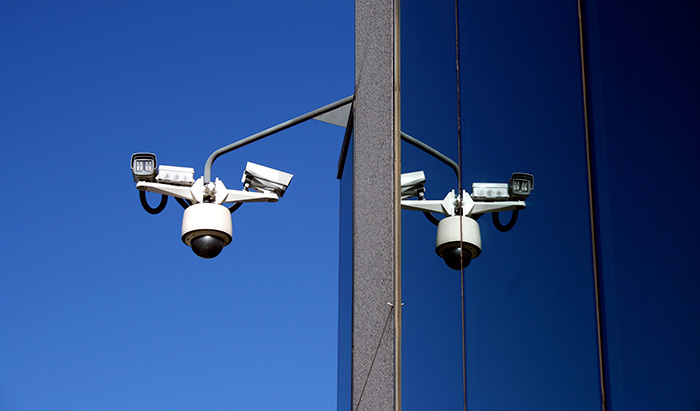Strengthening Security In Multi‑Occupancy Commercial Buildings

In an era marked by increasing security challenges, safeguarding multi‑occupancy commercial buildings has become paramount.
Born from collaboration between the City of London Crime Prevention Association (CoLCPA), the City of London Police, the City of London Corporation, and industry representatives, the Building Security Assessment Scheme (BSAS) was conceived as a proactive response to evolving security threats.
The scheme provides a best practice framework for supporting and promoting competent principles in security provision, providing an opportunity to demonstrate security and life safety are high on an organisation’s agenda. Participation in BSAS offers a multitude of benefits for facilities managers, building owners, occupants, and the broader community. BSAS assessed buildings demonstrate their commitment to proactively managing security challenges and enhancing safety, contributing positively to the security resilience of the building.
Facilities managers play a pivotal role in influencing building owners and property agents to ensure that security measures are implemented effectively and that the safety and security of building occupants are prioritised.
The scheme instils confidence in staff and the general public that a building’s security operations are dedicated to continual improvement. The risk profile for multi‑tenanted buildings varies in comparison with single occupancy properties, driving demand for appropriate protection at these sites.
Evolving Security Needs

In its new role as the scheme’s sole third‑party assessing body and administrator, the CoLCPA extended an invitation to NSI to refresh the scheme, which has been in existence for 10 years, ensuring alignment with today’s security requirements while maintaining practicality for those overseeing building security. The initiative aims to widen its scope to nationwide expansion and streamline the application process.
Don Randall MBE, Chairman, City of London Crime Prevention Association, states: “The CoLCPA are extremely pleased to be able to partner with NSI to refresh the Building Security Assessment Scheme, which will enhance the safety and security of all building occupants, support the blue light services, and future‑proof current and planned legislative changes.”
How The Scheme Works

An independent NSI reviewer conducts on‑site visits to verify completion of relevant specialist risk assessments by competent individuals or organisations at each building, assessing the implementation status of associated recommendations. This provides valuable insights into existing strengths and constructive feedback for potential enhancements.
The scheme criteria include risk assessments, evacuation/invacuation plans, trauma pack accessibility, optional Safe Haven status (preferable), and electronic security measures. The reviewer then evaluates those overseeing security plans, fire safety, health & safety risk assessments, recommendations, and their implementation status. Proof that key security systems and services are sourced from independently approved third‑party certificated providers, or demonstrable compliance with relevant British Standards, is also required.
The reviewer will additionally assess matters including security officers’ completion of appropriate security awareness training modules, such as ACT counter‑terrorism and Project Kestrel fire awareness training. This equips security officers with a comprehensive understanding of fire safety. The reviewer will also examine evidence of key links with Emergency Services and CSSC (Cross‑sector Security and Safety Communications), a registered charity partnership that addresses preparedness for scenarios ranging from counter‑terrorism to cybercrime, public order events and transportation issues.
An award is presented if the review is successfully completed, demonstrating the building's independent assessment against this quality benchmark. The first four commercial multi‑occupancy sites received their BSAS certificates in November 2023 under the revised scheme, which now opens avenues for building owners and managers in London and beyond to seek valued scheme status.
Conclusion

Around 70% of first responders to incidents involve private sector providers, including security staff, underlining the need to ensure proper implementation of systems, policies and procedures.
The Building Security Assessment Scheme offers a cost‑effective, prestigious and third‑party approved opportunity for multi‑tenanted commercial premises to address their present and future threats – thereby enhancing the safety and security of all building occupants.
Click the article to enlarge it.



























































